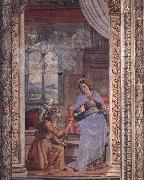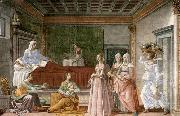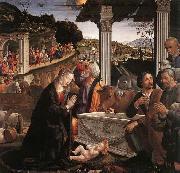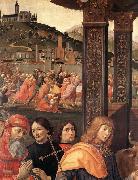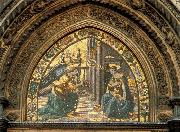
Oljemålning på duk, riktig reproduktion av gamla målare.
|
|
|||
|
Domenico Ghirlandaio
|
|||
| Italian 1449-1494 Domenico Ghirlandaio Galleries | |||
|
|
|||

| |||
|
|
|||
|
|
|||

| |||
|
|
|||
|
|
|||

| |||
|
|
|||
|
|
|||

| |||
|
|
|||
|
|
|||

| |||
|
|
|||
|
|
|||
| Föregående Konstnär Nästa Konstnär | |||





